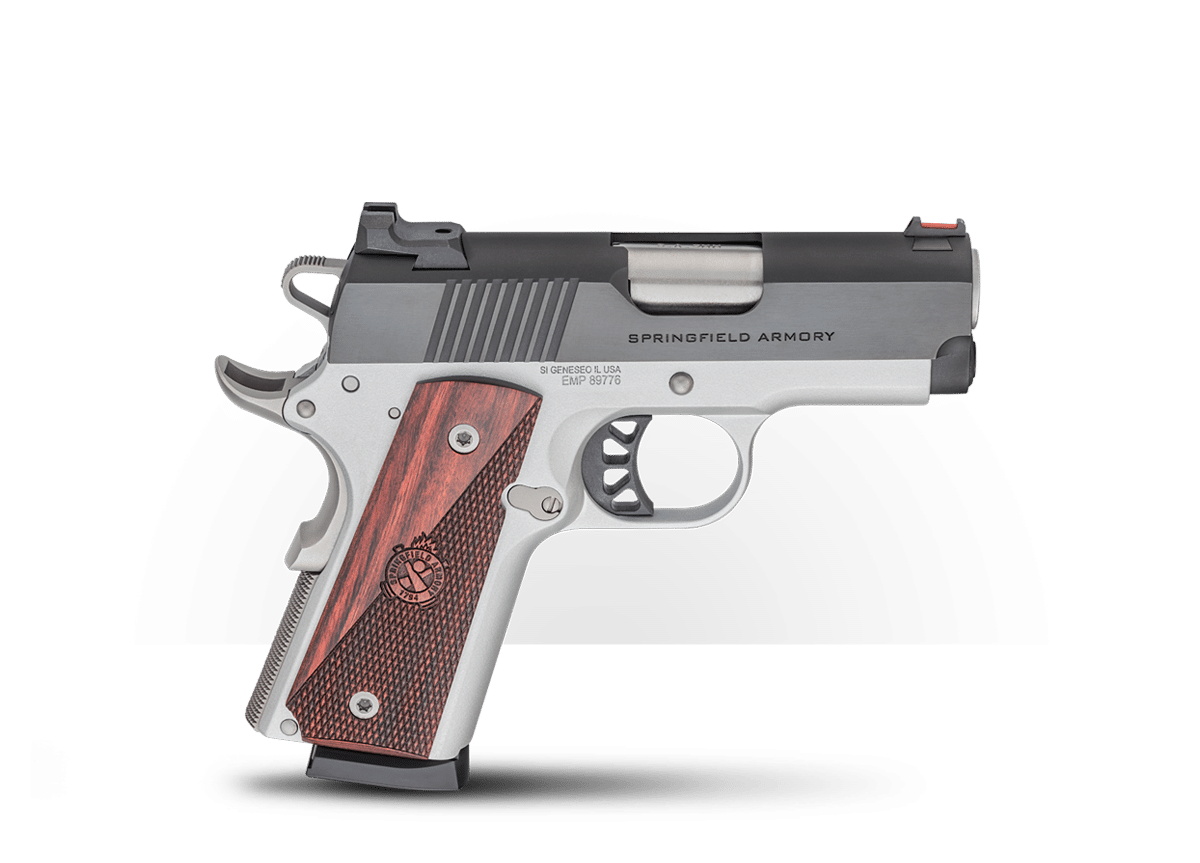The 1911 is arguably one of the most iconic pistols ever created. It’s certainly one of the longest lasting designs that gave rise to most of the semi-auto pistols used today. Many consider the 1911 to be a superior shooting platform and, still to this day, prefer it to the most modern pistols offered. It’s hard to argue with 100 years of proven reliability.
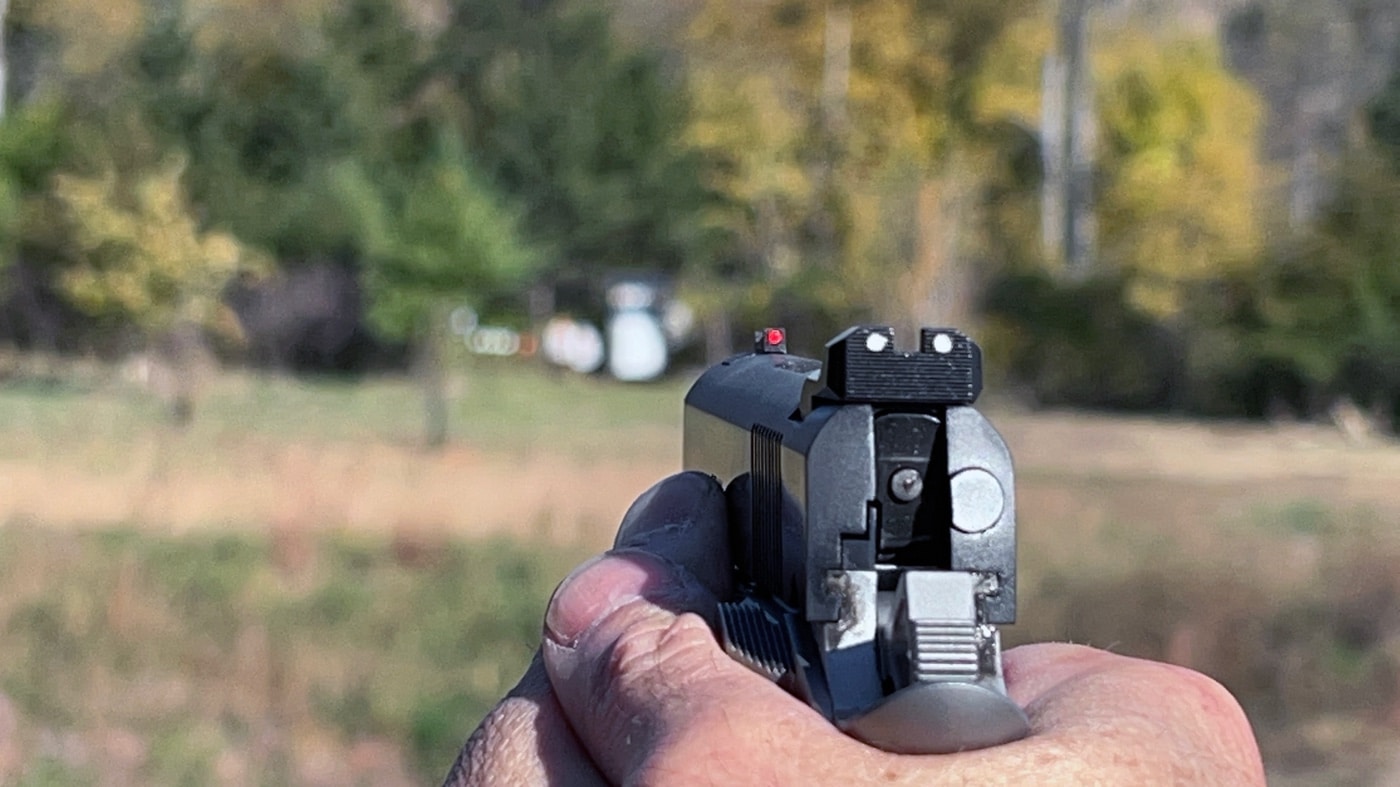
The M1911 was created by John Browning in 1911 for the military to replace revolvers. It is a single-action, recoil-operated, semi-automatic pistol using the .45 ACP cartridge that had significantly more stopping power than many of the revolvers used at the time. Along with its increased firepower, this pistol was a gamechanger on the battlefield at the turn of the 20th century.
In fact, it was such an effective design that around 2.7 million were produced while it was in service with the U.S. military. This was through four wars/conflicts, from 1911 to 1985. It was finally replaced in 1985 with the M9 9mm.
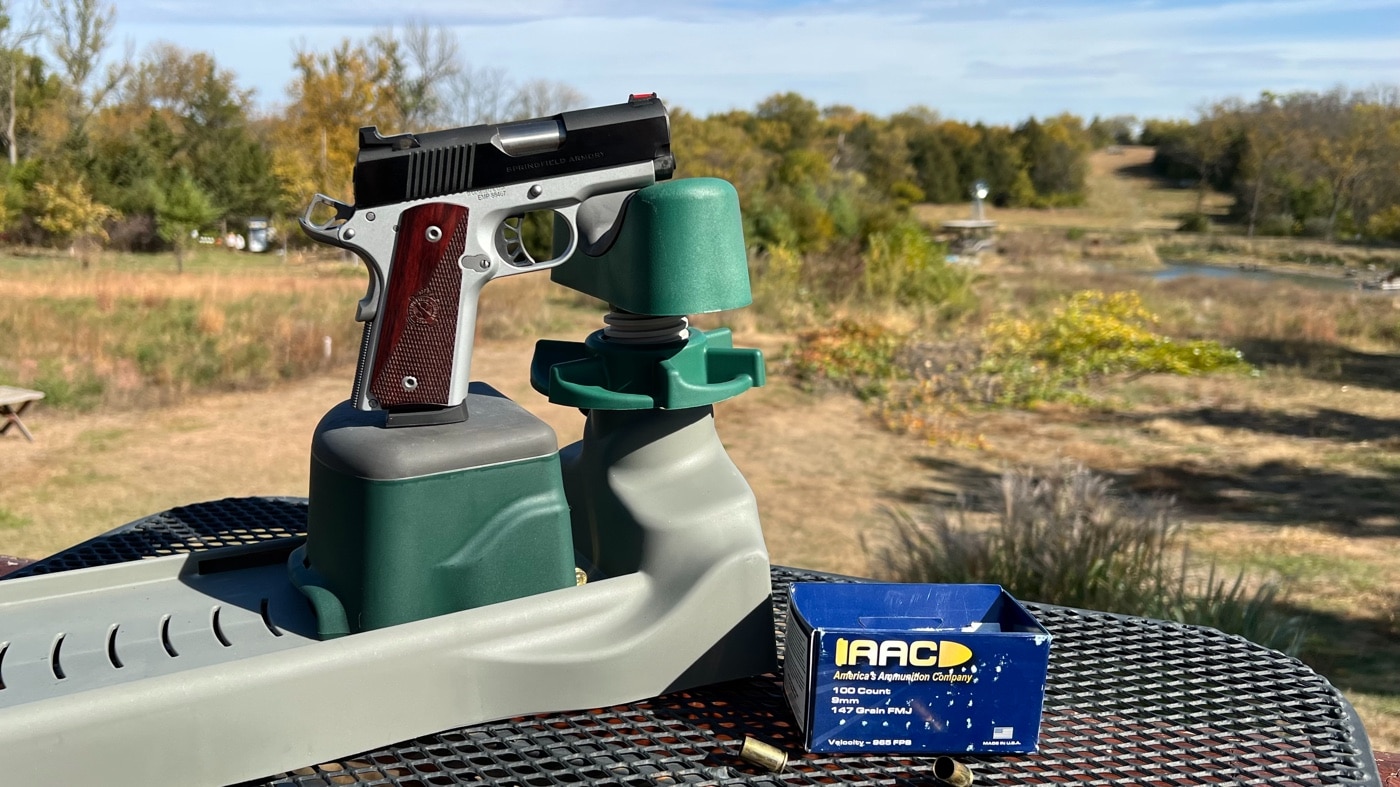
Many considered the 9mm to be completely inferior to the .45 ACP for combat and that it had no “stopping power”. The FBI began looking into the issues with the 9mm in 1986 after a fatal shooting involving the death of two agents. The agency began looking into the then new .40.
Many followed this change and considered the 9mm to be ineffective and not the best choice for law enforcement, military or self-defense. Much, if not all of this data was based on the full metal jacket (FMJ) 115-gr. 9mm round, which does not have good “stopping power” and can over-penetrate.
A New Era
With the development of hollow points and newer technology such as bonded hollow points where the lead is literally bonded to the copper jacket — keeping the weight of the bullet after mushrooming and preventing jacket separation — the 9mm is actually very effective.
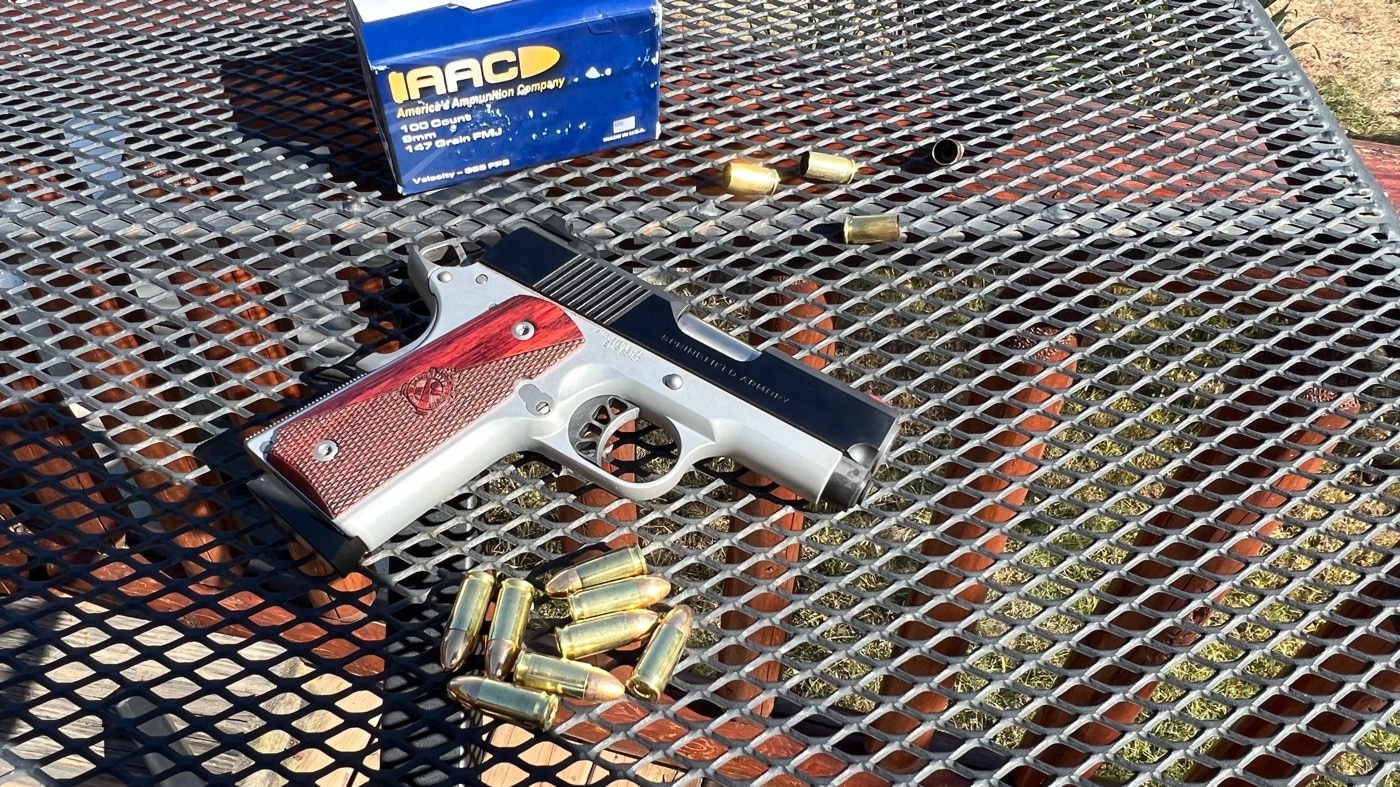
In fact, the FBI began considering a return to the 9mm in 2007 due to the advances in ballistic technology. In 2014, the FBI returned to the 9mm based on the new technology in ballistics and also its reduced recoil, increased capacity, and more rounds on target than the larger .40 and .45 ACP. This is an endless debate with both sides dug in citing research, data, history, and no end or victory in sight. That is NOT the purpose of this article.
Eventually, the beloved 1911 design was adapted to the 9mm and many other calibers. Regardless of caliber, the 1911 design is a proven and time-tested design and one that many are willing to stake their life on. The 9mm in the 1911 platform has become a huge success — as much or possibly even more than the original .45. It is many folks’ preferred gun for self-defense due to its ergonomics, proven history, reliability, low-recoil, and accuracy.
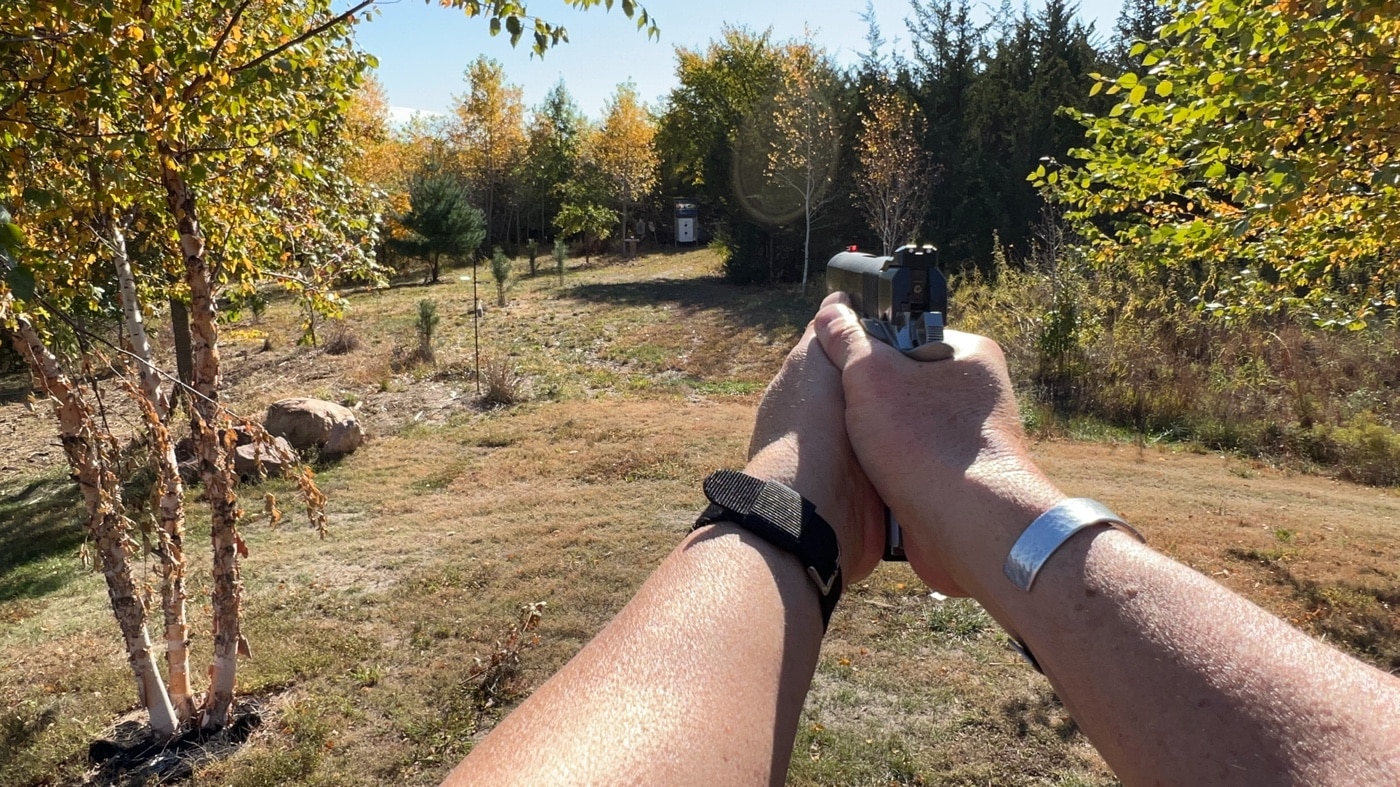
Today, “conceal carry” (CC) is big business in the pistol arena, driven by the desire to get as small a gun as possible. Many would consider their CC gun to be the most important gun they own, and its reliability to be of the utmost importance. The full-size 1911 is not exactly a small or lightweight gun by any stretch of the imagination.
Springfield created their Ronin series of 1911-based pistols, and they were a huge success. With the pressure to get smaller and smaller for the CC community, the Ronin EMP was born. It combines all the most popular features of the Ronin series with the patented CCW modifications to create the smallest 1911 in the world. “EMP” stands for Enhanced Micro Pistol, and this patented design is built around the 9mm and stands apart from other CC pistols. You have a 1911 pistol in a size and weight that makes it possible for CC.
Going the Distance
If you do some research, it would appear that the vast majority and most widely accepted distances for threat-based shootings — both law enforcement and self-defense — occur at three yards and under. That’s correct, less than 10 feet, folks. The even more mind-blowing piece of data is how many shots fired miss the target at this distance.
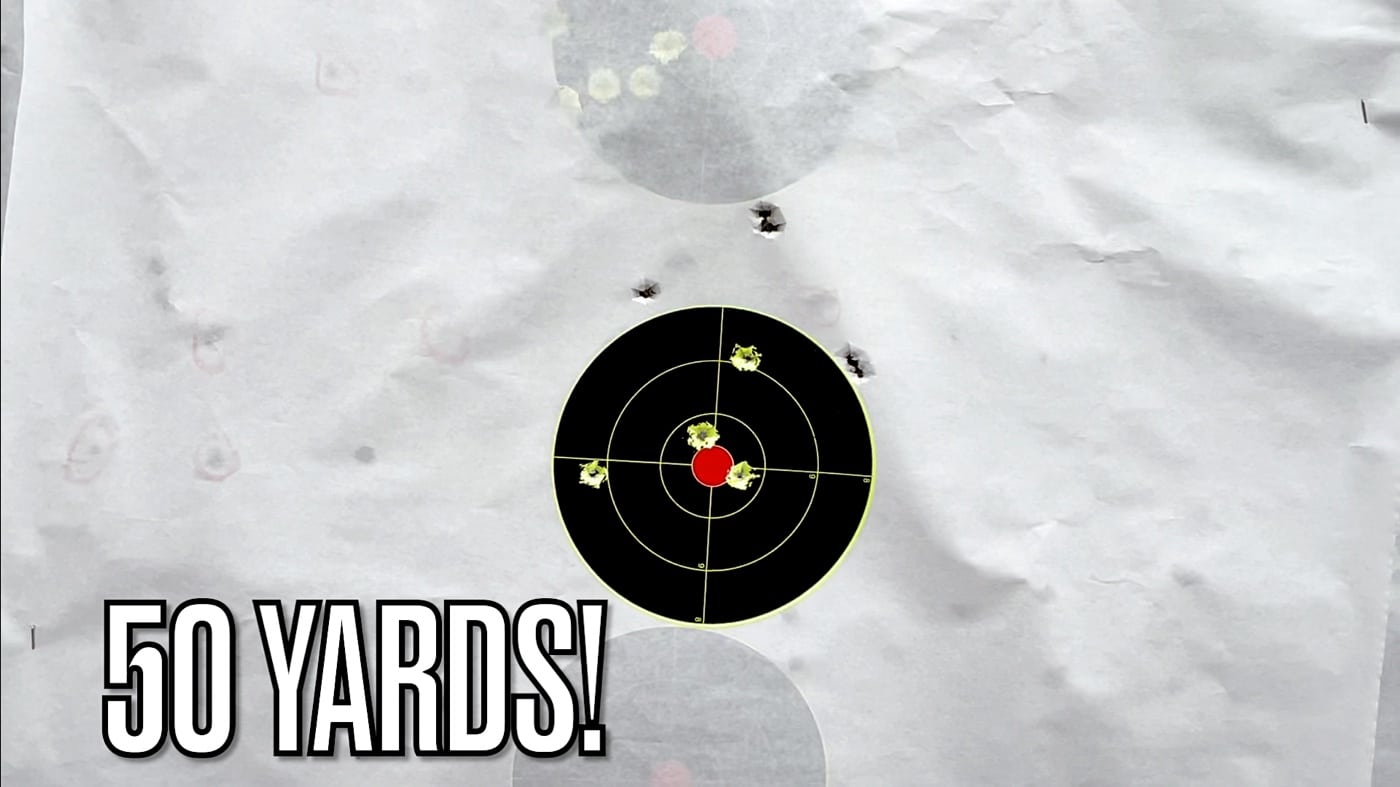
Much of this is due to lack of practice as well as the effects of stress and adrenaline on the shooter. With that said, shooting a pistol with a 3” barrel dramatically decreases one’s accuracy the farther you get from the target. The smaller the pistol, the more difficult it is to control due to increased recoil, and the distance between sights can have a dramatic negative impact on accuracy.
Those familiar with the 1911 know it for its low recoil and superior accuracy. This leads us to the purpose of this review/article. Springfield was able to “shrink” the 1911 into the EMP, the world’s smallest 1911. The real question then comes to mind, how does that affect the performance? Will the EMP be an effective pistol for CC shooting distances? Assuming it will be, what distances could it be pushed to?
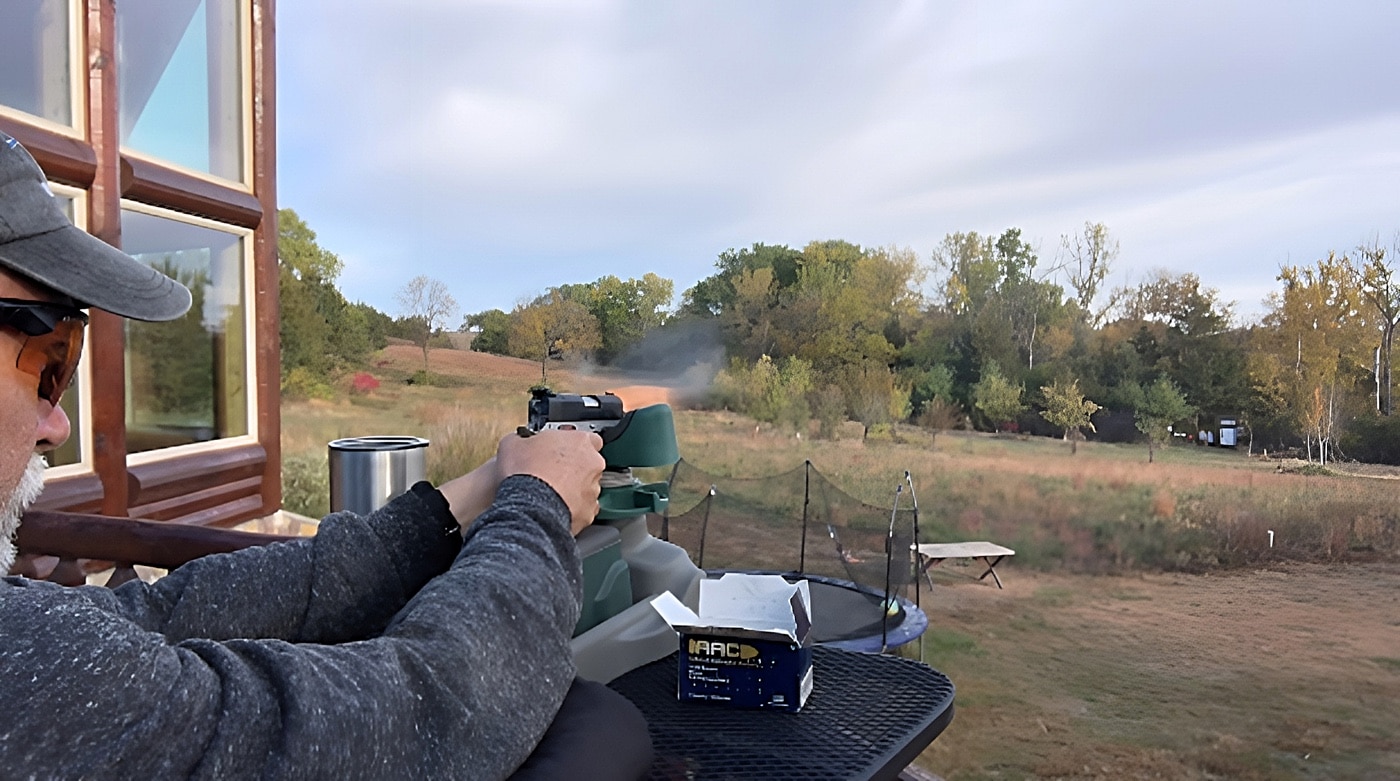
If you are familiar with me or my YouTube Channel, my personal philosophy is that when considering a pistol and what it’s capable of for accuracy, I question what can I do with it at distance. If I can achieve good groups at 25 or 50 yards, I should be able to hit where I need to at three, right? Let’s just see how far we can take Springfield’s Ronin EMP.
I am going to start by zeroing it at 50 yards using AAC ammo. I am going to test three different bullet weights to find out what it likes best and gives us the best accuracy. I will test 115-, 124-, and 147-gr. FMJ and make necessary adjustments to the sights before going to the CQB range to make sure it does what it is intended for — CC shooting distances and then start moving out to see just how far we can go.
Conclusion
Let’s find out just how far we can take the EMP. Watch the video at the top and see for yourself, and then you decide if the EMP can go the distance.
Editor’s Note: Please be sure to check out The Armory Life Forum, where you can comment about our daily articles, as well as just talk guns and gear. Click the “Go To Forum Thread” link below to jump in and discuss this article and much more!
Join the Discussion
Featured in this video
Continue Reading
Did you enjoy this video?

 201
201




